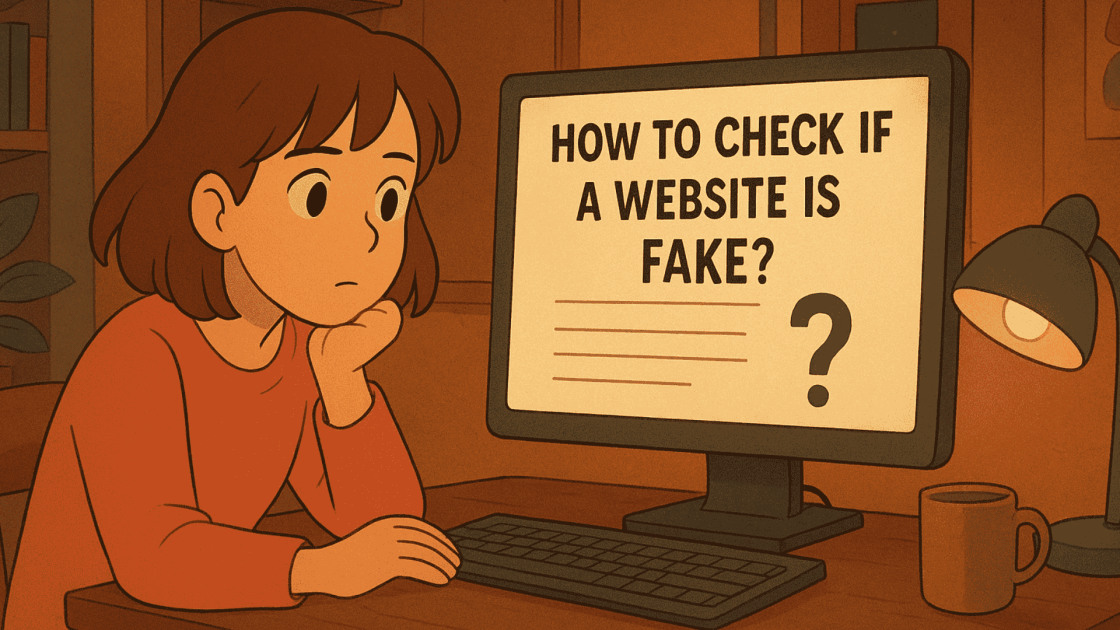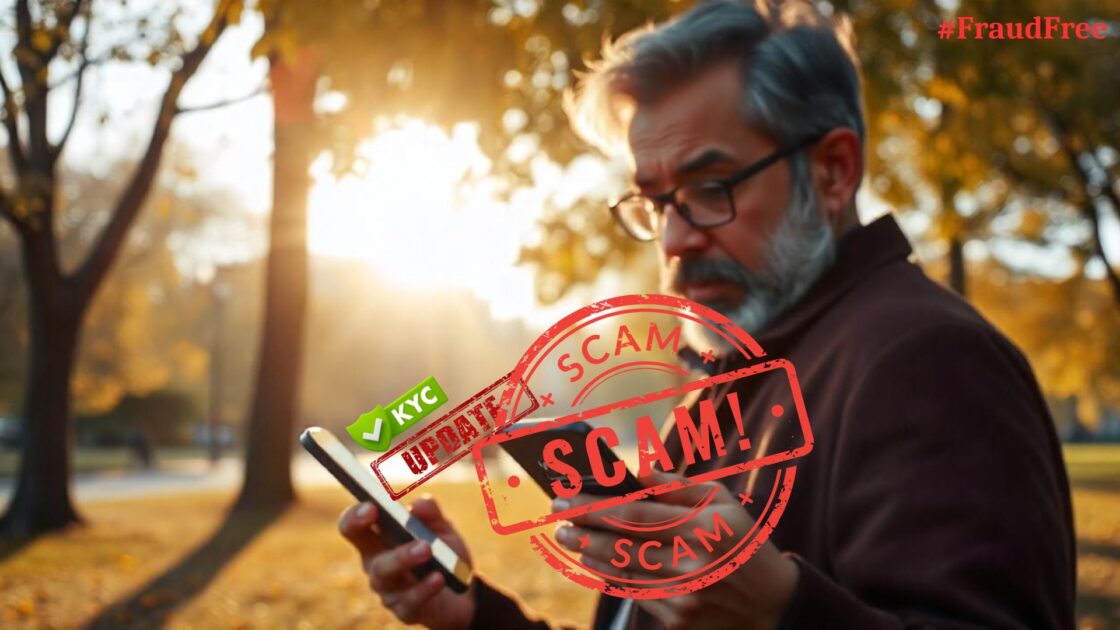Have you ever come across a website that looked perfectly legit — flashy offers, professional design, even customer reviews — but something just didn’t feel right? You’re not alone. With online scams becoming more sophisticated, it’s getting harder to tell which sites are real and which are traps.
Fake websites today can mimic trusted brands, display fake payment gateways, and even copy official logos. Many people only realize the truth after they’ve lost money or shared personal information.
The good news? Learning how to check if a website is fake isn’t complicated. With a few quick checks, you can spot red flags, protect your data, and shop or browse online with confidence.
In this guide, we’ll walk you through the easiest ways to identify fake websites before they fool you.
Fake Website Scams
A fake website can cost you in more ways than one:
- Financial loss – You pay for a product that never arrives, or invest in something that doesn’t exist.
- Data theft – Your card details, passwords, and personal info can be stolen.
- Emotional stress – Nobody likes the feeling of being cheated, especially when it could have been avoided.
Many users report complaints where the websites they shared looked official but were set up only to trap job seekers.
If fake job sites can trick people, fake shopping and investment websites are even easier for scammers to pull off.
It’s easy for them to create, but costly for victims who trust too quickly.
How to Identify Fake Websites?
Spotting fake websites is crucial to protect your money and personal information. Below are some practical pointers to help you identify suspicious sites before it’s too late.
1. Examine the Website URL
Always look closely at the address bar. Real websites are simple and correct: amazon.in, flipkart.com, hdfcbank.com.
Fake ones often insert extra letters or symbols: amaz0n-deals.com or flipkart-offer.net. Even a single letter change can mean it’s a scam.
2. Check for HTTPS (But Don’t Rely on It Alone)
HTTPS (with a padlock symbol) means the connection is secure, but it does not mean the site is safe. Scammers also buy SSL certificates. So yes, the padlock is important — but use other checks too.
3. Scan the Design and Content
Fake websites often look rushed. Signs include:
- Blurry logos and images
- Bad grammar or spelling mistakes
- Copy-pasted text that doesn’t match the company
Legit businesses take time to build trust. In typing jobs from home, the poor content quality was one of the easiest giveaways.
4. Verify Contact Information
A genuine business is easy to contact. They’ll list working phone numbers, office addresses, and support emails.
Fake sites usually give:
- Only a contact form
- Non-working numbers
- Email IDs like abc123@gmail.com instead of official company domains
If the contact page feels incomplete, treat it as a red flag.
5. Review Policies
Refunds, returns, privacy, and terms — these are basics every legit site mentions. Fake sites either:
- Skip them completely
- Write vague, copied lines
- Use policies that don’t make sense
Would you trust a site that says “Refunds available only after 90 days with admin approval”? Probably not.
6. Search for Reviews and Complaints
Before making a payment, Google the website name + “scam” or “fraud.”
- If you find complaints, avoid them.
- If you don’t find any mention of the website at all, that’s also suspicious — real businesses usually have at least some customer reviews.
This simple step has saved thousands of people from scams.
7. Check Payment Options
Legit sites give multiple safe options: debit/credit card, UPI, and COD.
Fake websites push for risky payments like:
- Gift cards
- Direct bank transfers
- Cryptocurrency
Once you pay this way, recovery is almost impossible.
8. Use Free Tools to Verify
- Whois Lookup – Shows who owns the domain and when it was registered.
- ScamAdviser – Gives a trust score of the website.
Most scam websites are newly created (less than six months old) and hide their owner’s details.
Many victims often wonder if recovery is even possible after losing money to a fake website. The truth is—it can be done.
How to File a Complaint Against a Fake Website?
Scammers may be online, but so are the solutions. In India, cybercrime cells and government bodies actively handle such cases.
By taking the right steps, you can report a fake website and safeguard yourself from further loss.
Here’s how to report online fraud in India simply and effectively.
If you suspect a website is fake:
- Don’t share details: Stop before filling out forms or paying.
- Take screenshots: Save the URL, offer page, and any messages.
- Report it: In India, file a complaint on the Cyber Crime Portal.
- Check: Check your cyber crime complaint status by entering the acknowledgment number you received after submitting your complaint.
Need Help?
Don’t wait if you’ve lost money online—every hor counts. Register here to get step-by-step help in reporting the fraud and starting your recovery process.
Conclusion
Fake websites are designed to trick you—but they only succeed if you trust them blindly. By checking the URL, scanning the content, and verifying details, you can spot most scams before they cause harm.
And if you ever become a victim, remember that recovery is possible—but only if you act fast and report the fraud through the right channels.
Stay alert, double-check before you click, and never ignore red flags. The safer your online habits, the harder it becomes for scammers to win.







